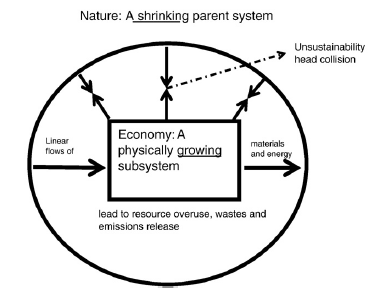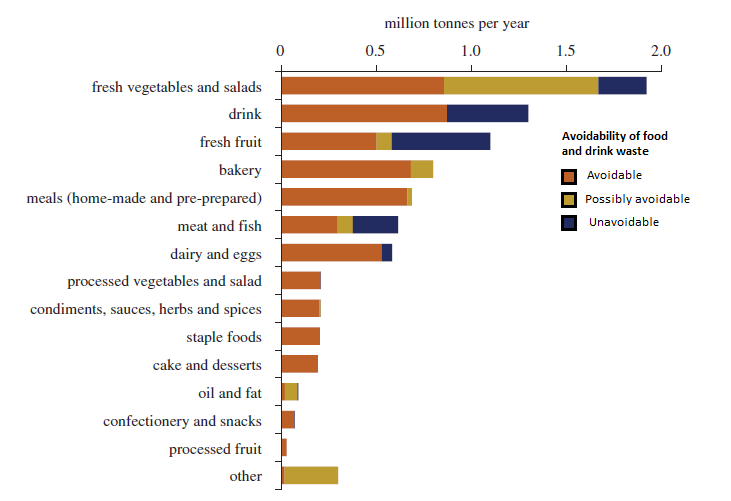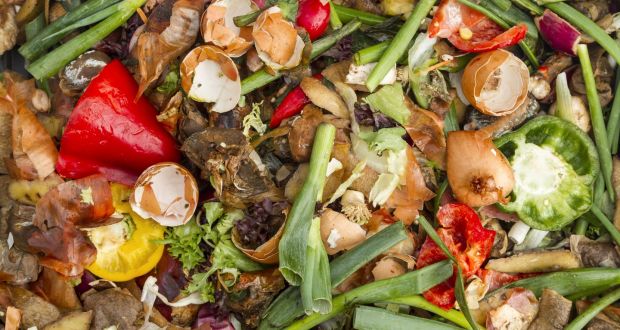The current linear use of the world’s resources is both environmentally damaging and unsustainable in the long term. A new economic model based in circularity of production is required to manage and reduce resource use for current and future generations. The Circular Economy (CE) removes the concept of waste, instead regarding waste products as a resource. The life-cycle of these ‘waste’ products can then be improved through reducing, alternatively reusing, recycling, or recovery of materials in the production and consumption processes (Kirchherr et al., 2017).

The agri-food sector produces waste throughout the production and consumption process. Anaerobic Digestion (AD) is a potential circular economy approach to solve this agri-food waste issue, especially the loss of food waste. AD involves the input of organic waste products which can be heated and mixed to produce biogas, in the form of methane (CH4) and a by-product of this biogas, nutrient-rich digestate (Korhonen et al., 2018). The biogas produced can be used as a fuel for energy production, while the digestate left behind after the removal of the biogas can be used as a fertiliser within the agricultural sector (Korhonen and Niutanen, 2004). The organic waste used in AD can be sourced from all steps in the life-cycle of the production of food, with the possibility of inputting the energy and fertiliser produced back into this food value chain (Korhonen and Niutanen, 2004).
An important application of the CE to the agri-food sector is the removal of the concept of food waste. Food waste management is an issue throughout the world, with an estimated 1.3 billion tonnes of food waste disposed of in landfills each year (Loizia et al., 2019). The disposal of organic materials, including food, to landfill sites is not only an issue of waste, but is a major source of greenhouse gases (Loizia et al., 2019). Where infrastructure is available, food can also be composted, however unlike AD which produces energy, composting requires energy (Korhonen and Niutanen, 2004). Food waste can occur post-harvest or post-consumer, with the type of food loss generally depending wealth of a country (Parfitt et al., 2010). In wealthier countries, the greatest food waste is generally at the post-consumer stage, although for fresh fruit and vegetables (FFV), most losses occur post-harvest with a demand from retailers and consumers for ‘cosmetically perfect’ food in this food group (Parfitt et al., 2010). Although, the CE must also aim to reduce food waste, some losses of inedible food waste are likely to remain unavoidable. For the CE to be successful, these losses must be repurposed to provide useful products or services.

AD is one method which could be used to achieve the circular economy and prevent food waste. Zhang et al. (2007) found food waste to be a beneficial substrate for anaerobic digestors, containing all required nutrients for anaerobic microorganisms, and having a high biodegradability and methane yield. The use of food waste in AD would contribute to a reduction in anthropogenic greenhouse gases, while also producing energy and fertiliser, adding circularity into the agri-food value chain. However, there are issues with the use of food waste in this way. Food waste must be prevented as much as possible, with the use of AD only when the food is inedible to ensure the protection of food security. Other waste products from the agri-food sector can also be used in AD, such as wastewater and organic waste which can help to prevent an over-reliance on the use of food waste for AD (Mendieta et al. 2021).

The current production of food waste within the agri-food sector is unsustainable for many reasons, including the excess production of anthropogenic greenhouse gases at landfill sites. Anaerobic Digestion is a possible solution to reduce the impact of this food waste and produce cleaner energy within a circular economic model. However, food waste must also be reduced to ensure food security for all and to achieve a truly circular economy.
For full reference list, please see bibliography here.